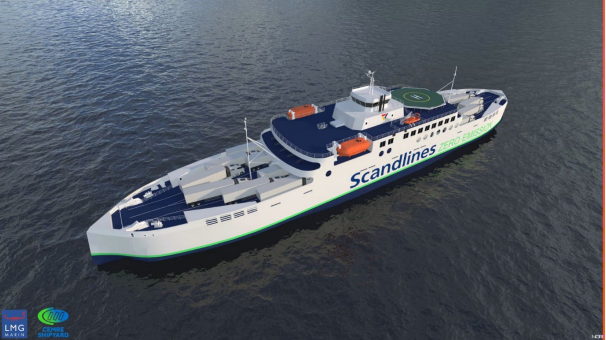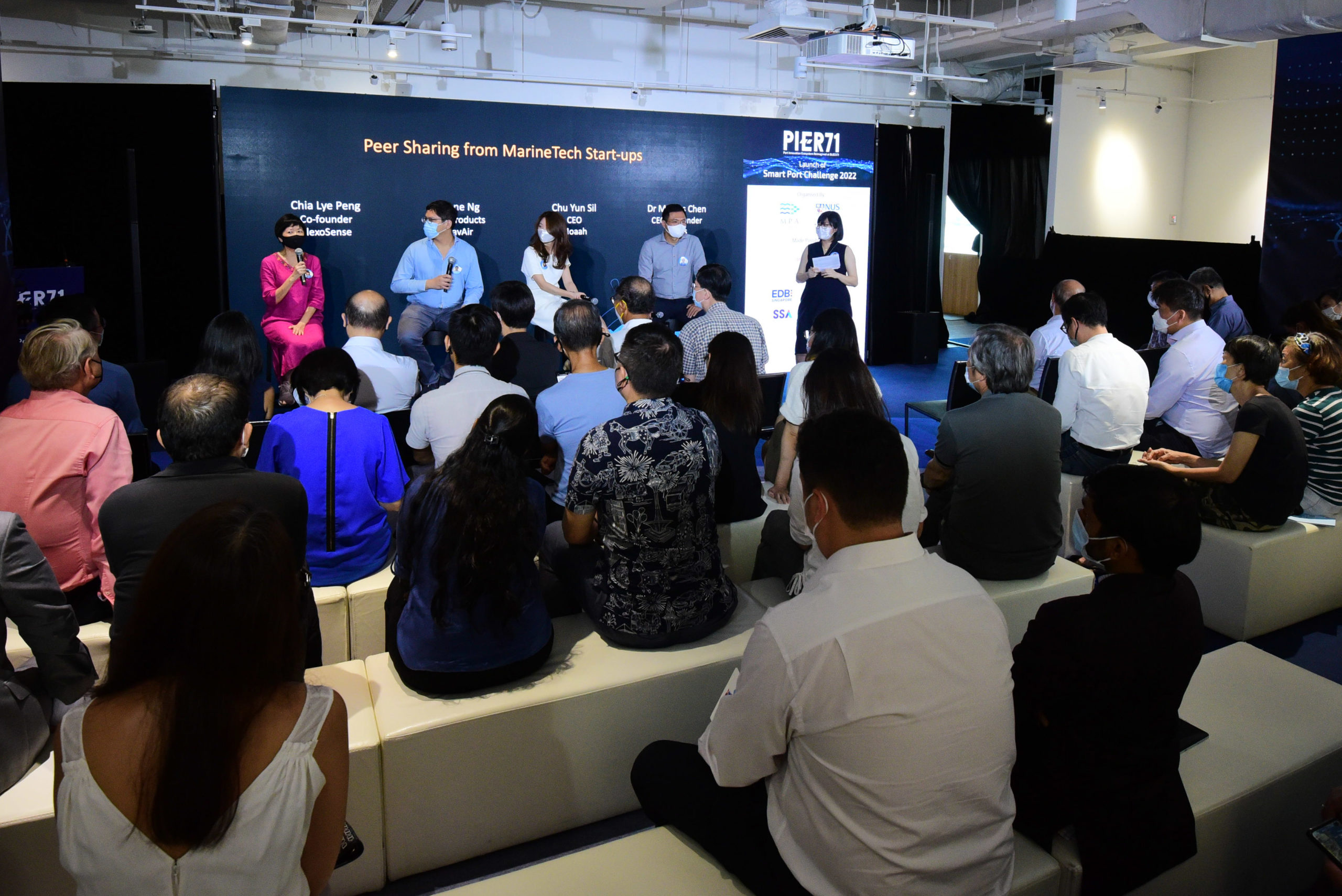A desire to increase safety has resulted in Norway’s ScanReach bringing onboard wireless connectivity to the global maritime sector.
When Bjørnar Svellingen, Christian Angeltveit and Geir Todnem founded ScanReach in 2015, they had one clear mission: to increase safety at sea. To do this, they focussed on enhancing the maritime sector’s ability to quickly and accurately locate crew members aboard a vessel at any given time.
Admittedly, in an era of wireless connectivity and Internet of Things (IoT) technology, this might not sound all that radical. Except that to date, wireless connectivity within large steel structures, such as ships and oil rigs, has been something of an impossible dream, with chief business development officer Jacob Grieg Eide describing the inside of a typical vessel afloat today as “more or less a perfect Faraday cage”.
“People told us that this was impossible to solve,” he says, explaining that the only viable option was “to drill holes in every deck and every bulkhead and wire [the ship] up with cables”. While such an approach would get around the Faraday cage effect that otherwise spells death to the ultra-high frequency radio waves used for conventional wireless data transmission, it would also prove highly expensive and very time-consuming to achieve.
Indeed, not only would such a mammoth undertaking take the vessel out of operation for a considerable period of time, it would also necessitate it to then undergo recertification once the conversion had been completed.
ScanReach’s solution, however, overcomes all this by using low-energy sub-gigahertz radio frequencies in combination with a wireless mesh network typically consisting of between 50 and 100 nodes that continually sniff for data signals.
As a result, the company’s system means that the position of any crew member wearing an appropriate IoT tag can be pinpointed in real time via a visual interface on the bridge. Not only does this ensure that all crew can therefore be immediately located in an emergency, but it can also help limit access to specific areas while also alerting the bridge to any man-overboard situations.
And while all this is clearly beneficial for upping safety while also lowering insurance premiums, it also has another clear benefit: for the first time other onboard sensors, instruments and components can be connected and operated wirelessly.
Thus, the system has the potential to open up significant new possibilities for inter alia the greater use of edge computers; predictive maintenance technologies; cargo tracking and monitoring systems; and a whole host of environmental sensors, such as gas and humidity detectors.
“Our ambition is to build an ecosystem of applications and sensors that connects to the mesh for steel environments,” Eide says, revealing that the company is increasingly fielding requests for its services from all sorts of maritime and offshore players, ranging from wind farm operators to major global ports.
That said, one area of particular interest, he notes, concerns the ability to wirelessly monitor a vessel’s fuel consumption in real time, either via clamp-on meters or cameras focussed on applicable gauges, with the collected data available for subsequent analysis to improve efficiency and drive down costs and emissions.
Importantly, the ScanReach system has been designed with ease of use in mind. As a result, this plug-and-play system, Eide reports, can be installed on a large commercial vessel in a matter of hours during a regular port call.
“We have removed a lot of barriers to make it as simple as possible for the industry and the client,” he says, revealing that the company has both the production and logistics capabilities in place to ensure quick delivery times around the world.
“At the moment, the maritime industry doesn’t think about wireless connectivity because they think it’s impossible,” Eide says. This system, though, is “a game changer” that could well revolutionise the sector’s overall levels of productivity, performance and, of course, safety.


































